Time for new experiences
missing translation: fa.article-intro.reading-time – Copy: Patrick Morda ― Photo: Robert Fischer – 05/14/2023
missing translation: fa.article-intro.reading-time – Copy: Patrick Morda ― Photo: Robert Fischer – 05/14/2023
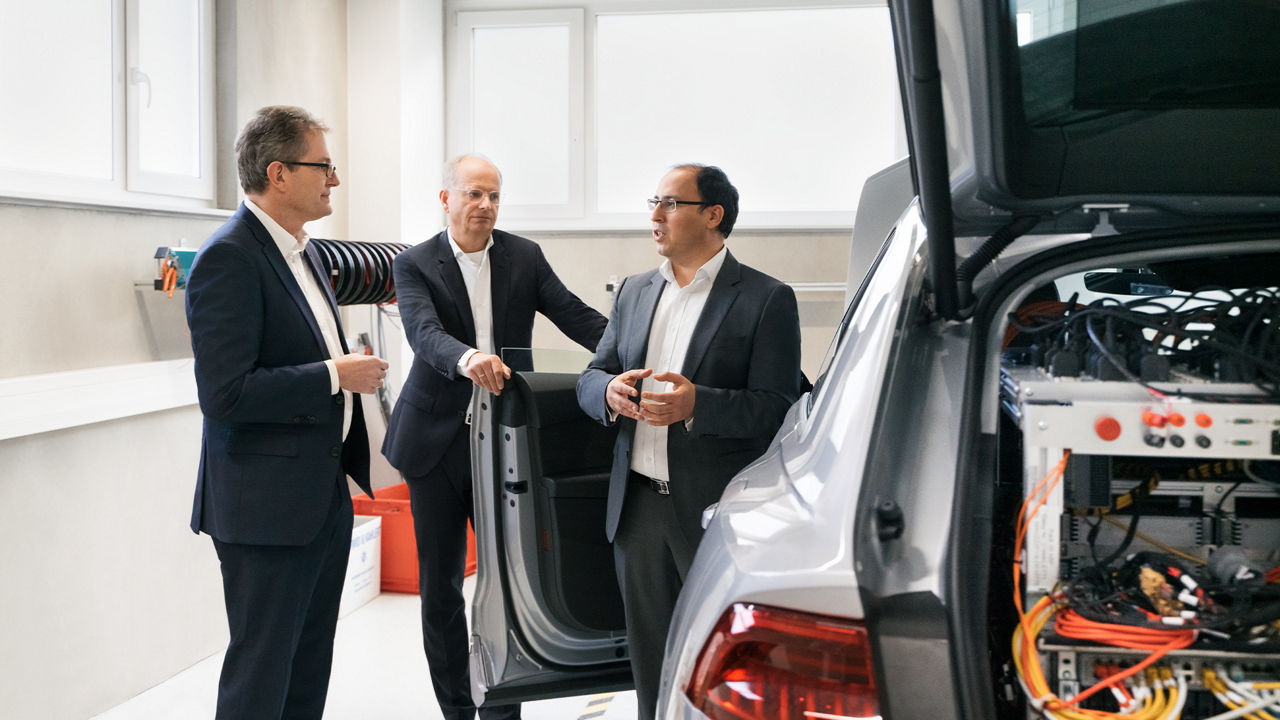
Prof. Christoph Lütge (left) researches business and corporate ethics at the Technical University of Munich, Germany. Dr. Thomas Dahlem and Dr. Essayed Bouzouraa (right) are shaping the future of automated driving at CARIAD. They are driving forward the technology’s development in Gaimersheim near Ingolstadt, Germany.
Prof. Christoph Lütge (left) researches business and corporate ethics at the Technical University of Munich, Germany. Dr. Thomas Dahlem and Dr. Essayed Bouzouraa (right) are shaping the future of automated driving at CARIAD. They are driving forward the technology’s development in Gaimersheim near Ingolstadt, Germany.
Dr. Bouzouraa, how long will it be before cars are driving themselves?
Dr. Essayed Bouzouraa: There is no short answer to that question. We also need to define the environment in which the technology is to be used – the domains – and its functional scope. Having said that, I am confident that we will see a gradual introduction into structured environments, such as motorways, over the next five years.
Prof. Lütge, you were on the ethics committee that established guidelines for automated driving in Germany in 2017 and continue to research this subject. Are we as a society ready for this technology? Five years is a relatively short period of time.
Prof. Christoph Lütge: As I see it, we are not quite asking enough of people in Germany when it comes to automated mobility. We have been talking about it for a number of years and I think people are now ready to take the next steps. We should talk about the advantages – the real benefits – and not just the challenges and risks.
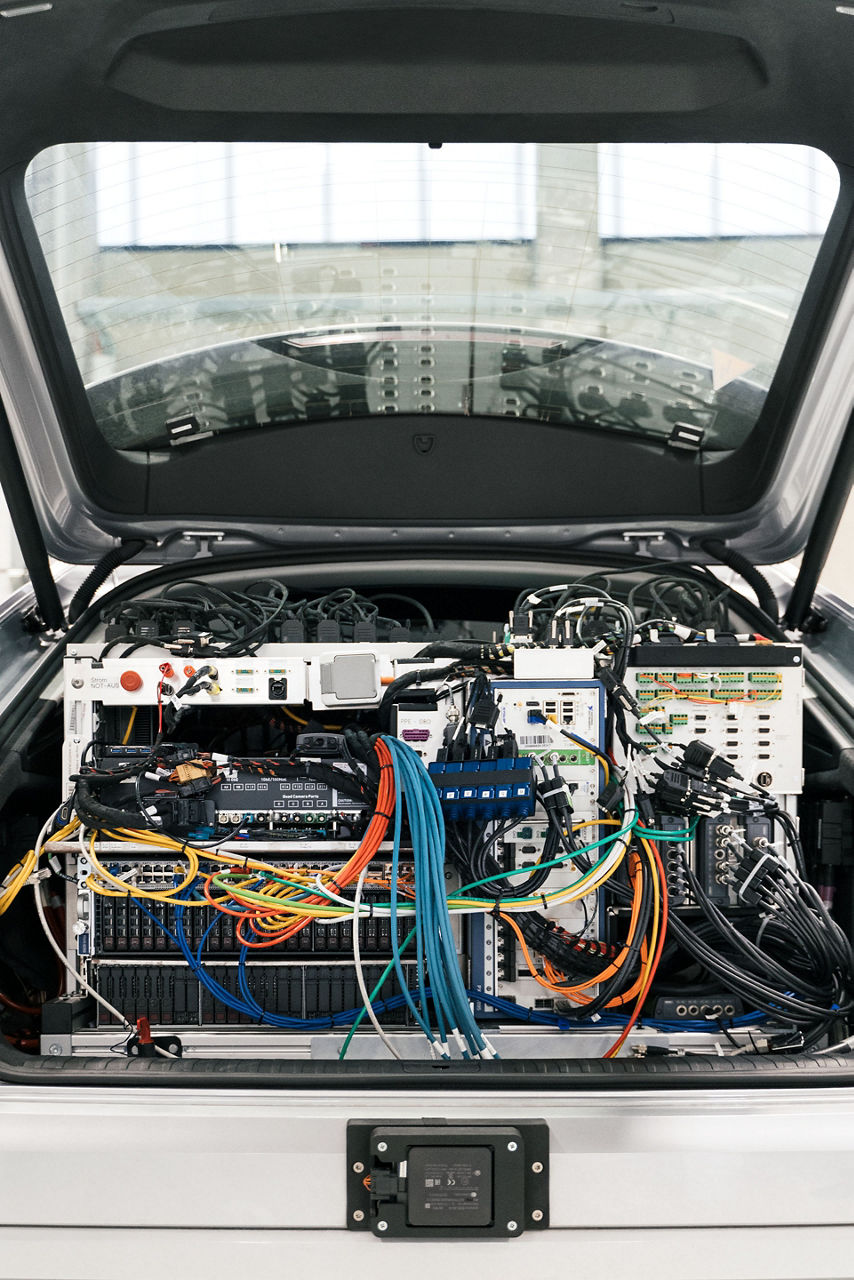
The technology currently still requires a lot of space in the test vehicles to collect the necessary data. According to the Four Rings’ engineers, it will in future only take up the size of a shoebox.
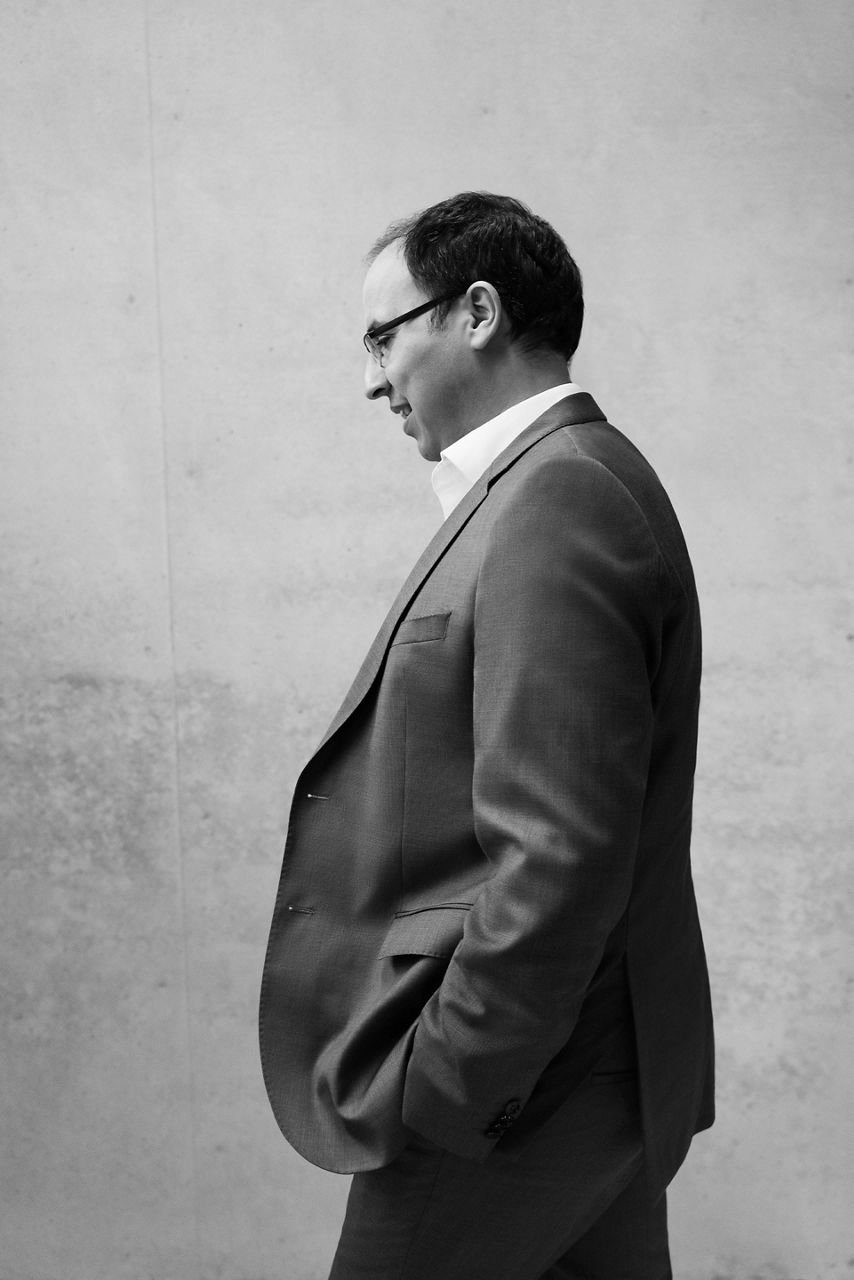
Dr. Essayed Bouzouraa has been working on highly automated driving since 2012 and, as Head of Development at Audi, he and his team are responsible for developing the “highway pilot” technology.
The technology currently still requires a lot of space in the test vehicles to collect the necessary data. According to the Four Rings’ engineers, it will in future only take up the size of a shoebox.
Dr. Essayed Bouzouraa has been working on highly automated driving since 2012 and, as Head of Development at Audi, he and his team are responsible for developing the “highway pilot” technology.
“The highway pilot will be a defensive driver.
Dr.-Ing. Essayed Bouzouraa
You talk about automation, but the term “autonomous” is frequently used.
Bouzouraa: In this context, we always talk about automated driving. The “highway pilot” system comes into play at Level 3 (as defined by the Society of Automotive Engineers, SAE; ed.). At this level, drivers can opt to hand over the driving task to the system within defined limits in certain zones, referred to as domains. After a given warning period, the driver must take over the steering wheel again. Until that point, the system is responsible. At Level 4 (as defined by the SAE; ed.), the driver is no longer required to take over. Once the driving task is assigned to the vehicle, it needs to be able to handle every conceivable situation.
Lütge: In the ethics committee, we referred to this as “connected” and “automated” driving. However, even though it is somewhat misleading, I have the impression that the term “autonomous driving” has become widely established. I would still rather stick with the terms “automated” and “highly automated” driving.
Dr. Thomas Dahlem: For me, a system is autonomous when it operates entirely independently, without the option of human intervention. But that’s not the vision we are pursuing.
How closely are science and industry working together in this field?
Bouzouraa: We are at a stage where interdisciplinary networking is crucial. It is important for us to have a shared understanding.
Lütge: Up to now, ethics was usually only considered in relation to technology issues after a major problem occurred. Yet we believe that questions above and beyond the technological aspects need to be asked in advance. The sort of questions for which there is still no legal definition and perhaps never will be.
What kind of questions are you thinking of?
Lütge: For instance, there is the question of how an automated car behaves with regard to other road users: does it drive extremely defensively, does it maintain a greater distance than required by law and so on? It is precisely these soft ethical issues that must be taken into account in order to inspire trust in this new technology. Our aim is to provide input right from the development phase.
Bouzouraa: We need dialogue – a permanent feedback loop – both during development and once the technology has gone into series production. Because, essentially, development never ends.
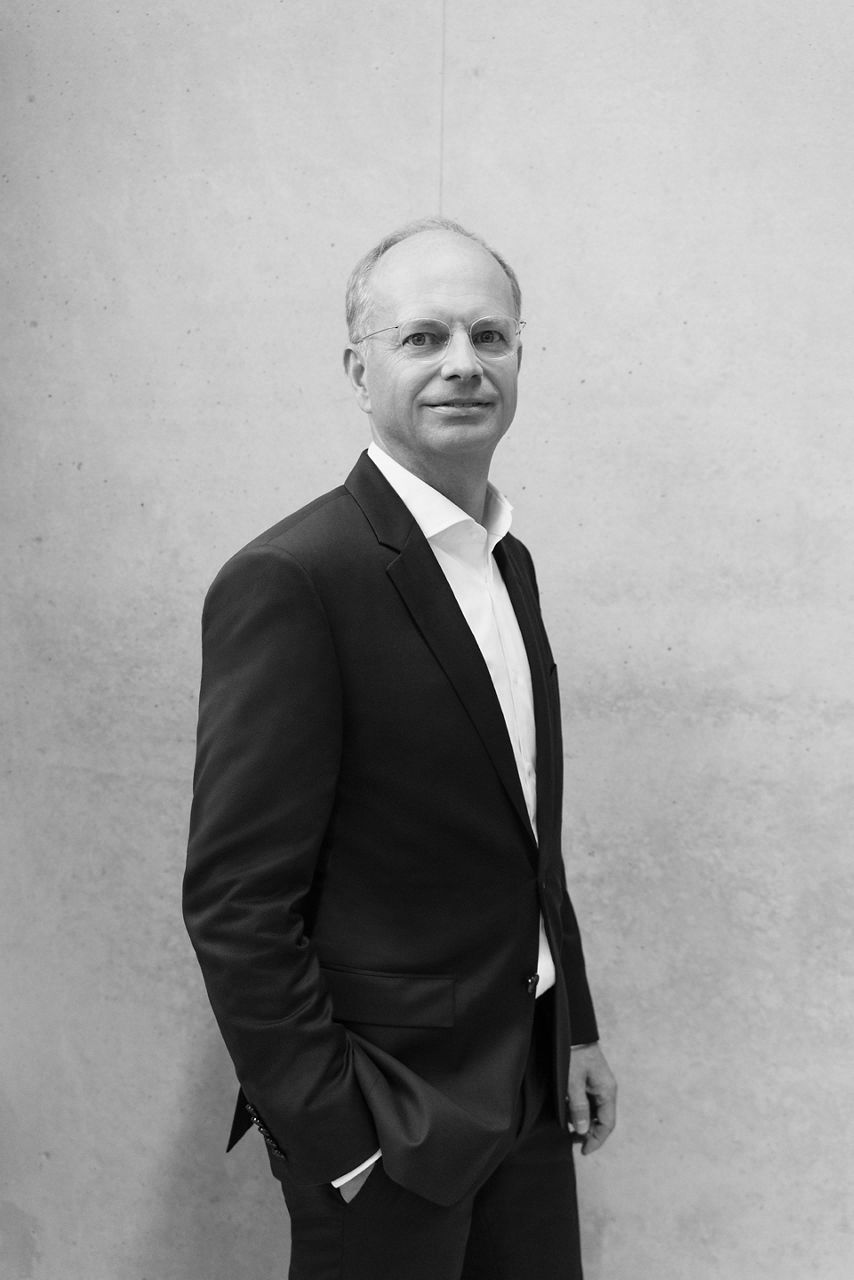
Dr. Thomas Dahlem has spent his entire career to date at the Volkswagen Group, where he is now responsible for the partially and highly automated driving project house.
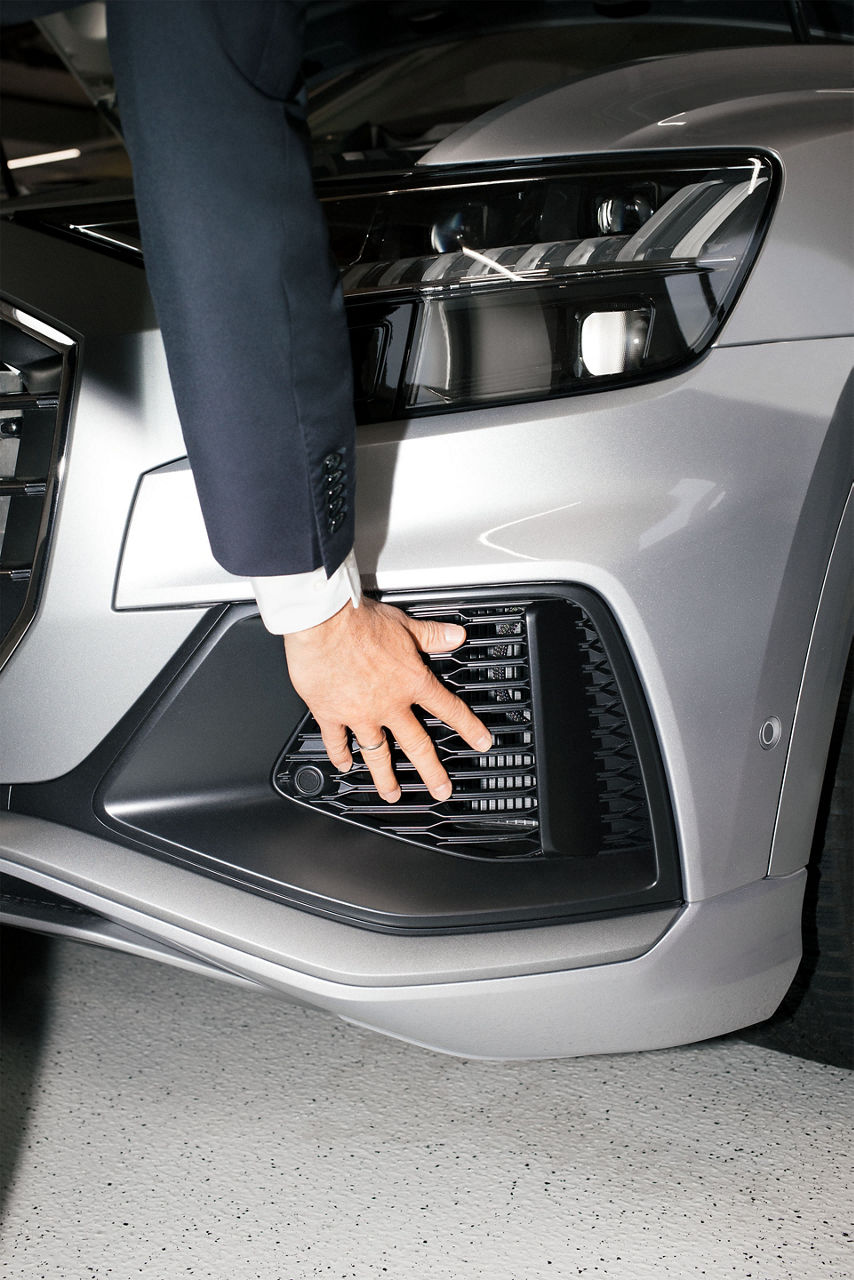
Audi also relies on lidar sensors, which use a laser to measure distance and speed. Future vehicle architecture will be designed around the necessary sensors and components.
Dr. Thomas Dahlem has spent his entire career to date at the Volkswagen Group, where he is now responsible for the partially and highly automated driving project house.
Audi also relies on lidar sensors, which use a laser to measure distance and speed. Future vehicle architecture will be designed around the necessary sensors and components.
“We develop experiences. That’s never been done before.
Dr. Thomas Dahlem
To what extent can traditional automotive engineering actually be applied to automated driving?
Bouzouraa: This is a fundamental transformation affecting both our customers – in terms of their future driving experience – and us as the manufacturer with regard to present-day vehicle development and design. It calls for numerous sensors and systems that need to be optimally positioned and networked. Of course, an automated Audi will look good inside and out, but the development requirements and processes are different.
Dahlem: Our aim is to be able to offer customers brand new in-vehicle experiences. Looking ahead, we will develop models around these experiences. That’s never been done before. This will affect virtually all of the components we are familiar with in today’s vehicles, which will need to be looked at with fresh eyes.
Such as?
Bouzouraa: I’m thinking, for example, of established systems such as windscreen washer reservoirs, which will take on a completely new meaning. In the future, we will have to create conditions to ensure that the sensors on the body can be cleaned and kept clear at all times – even without any passenger’s involvement in the process.
How much progress has Audi made so far?
Bouzouraa: We are constantly on the road with our test vehicles to collect data and learn. The various sensors in and on the car collect vast amounts of information every day. We have had to define new methods, including artificial intelligence (AI), to analyse the huge data volumes. At the same time, we are establishing the requisite processes and paving the way for transitioning the technology to series production.
Dahlem: There is also the challenge of identifying and interpreting all conceivable scenarios – in other words, how the vehicle will behave in certain situations – even before a function is programmed.
How can you anticipate every conceivable scenario? There are infinite possibilities.
Bouzouraa: That’s true. There have been reports, based on the current state-of-the-art technology, that advertising images on buses showing people in motion have been misinterpreted. For instance, the system interpreted this as someone jumping into the street. Sometimes, visual perception using cameras reaches its limits. A while ago, a case involving camera systems interpreting the shining moon as an amber traffic light was doing the rounds online. That’s why we rely on a mixture of visual and actively measuring sensors such as radars and lidars.
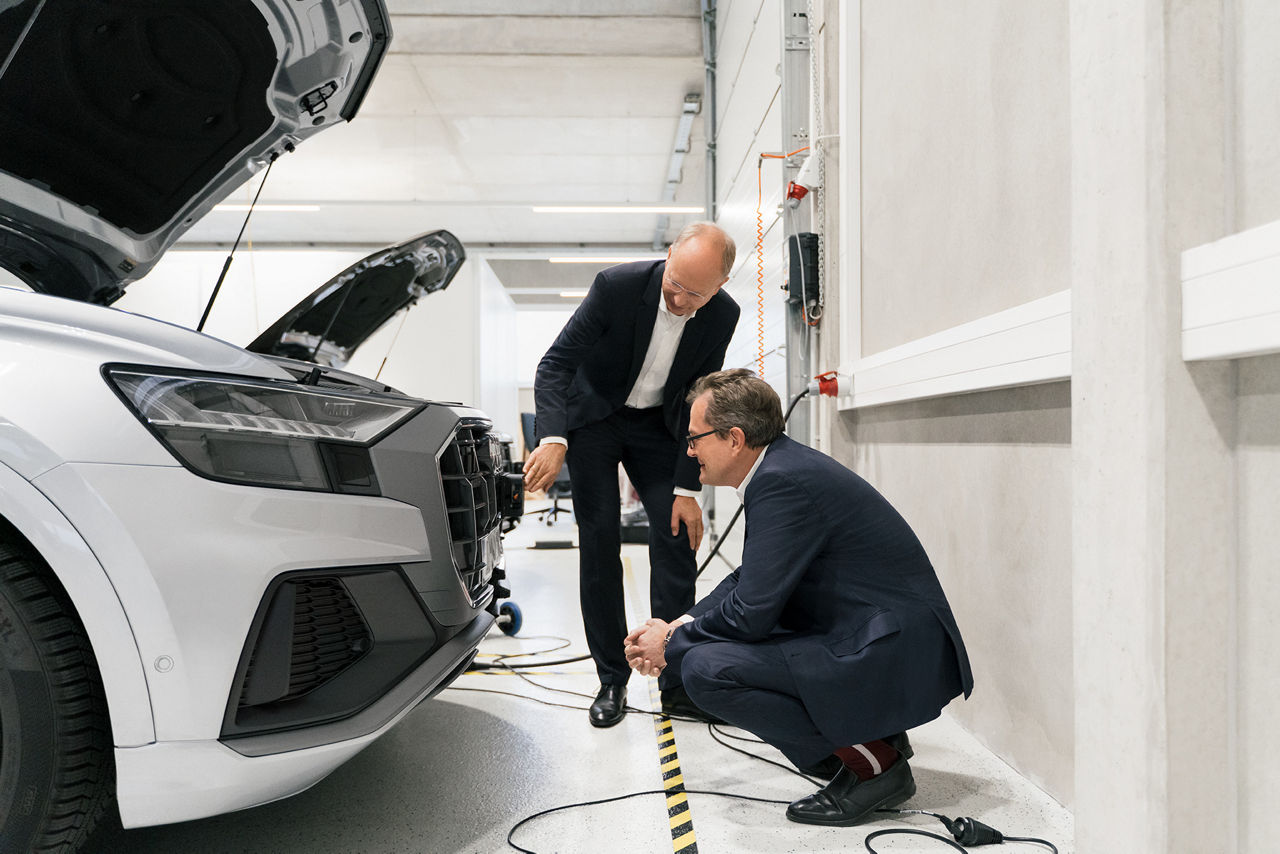
Different sensors record what is happening in front of an automated vehicle. How much or little distance the system maintains independently is one of the key questions addressed by Thomas Dahlem and Christoph Lütge.
Different sensors record what is happening in front of an automated vehicle. How much or little distance the system maintains independently is one of the key questions addressed by Thomas Dahlem and Christoph Lütge.
How do you build trust among the public when anomalies like this crop up?
Lütge: I believe that people do see the benefits. Today’s assistance systems already hint at some of what could be possible. You can’t convince everyone, but that won’t always be down to a lack of trust.
Bouzouraa: Trust is fundamental. How easy it is for passengers to understand why the AI behaves in the way it does is also important in this respect. For example, test participants have fed back that driving too smoothly causes them to feel uneasy. It makes them wonder whether the system is actually active. So, for instance, we are now discussing in development how much the steering wheel should move during automated driving to provide visual feedback.
Lütge: This also shows that not everything can be explained in rational terms. Emotions also come into play. But I would caution against over-emphasising concerns. Even today, road users trust technology, sometimes drive at very high speeds, and so on.
Transparent behaviour is key: How can automated and non-automated vehicles coexist, especially to begin with?
Bouzouraa: This is something we are obviously giving a lot of thought to. It could be helpful to initially only release the systems for use in the defined domains. At least, that’s the direction we are thinking in. The term “highway pilot” already hints at this. The motorway is a relatively controllable domain, with clear structural and legal frameworks. However, it is naturally important that we take all road users into account in our behavioural assumptions.
Lütge: I don’t think mixed traffic will be that much of a problem. Other carmakers are developing their own systems, which will also lead to a high level of communication and awareness. I think it’s reasonable to learn on the motorway first, but we must not neglect the rest, especially cities.
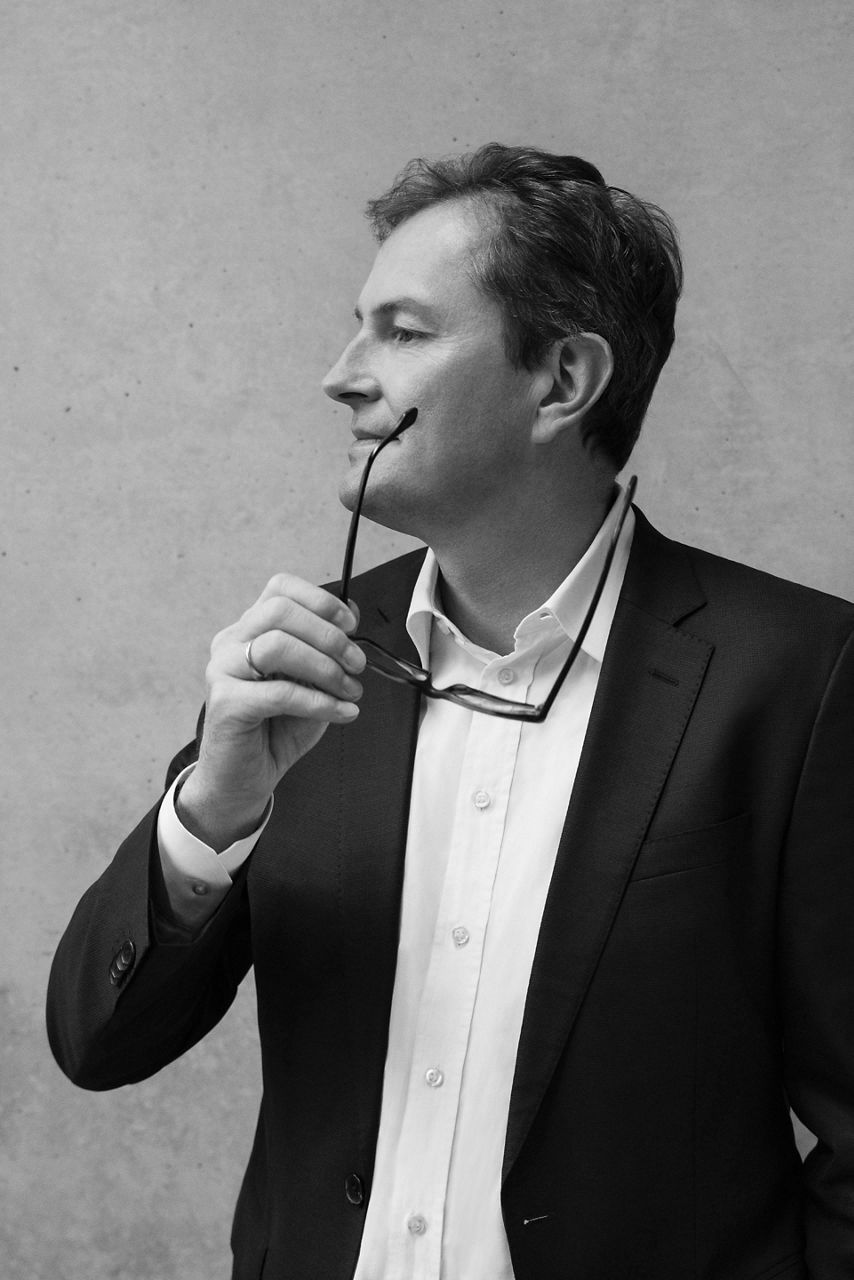
In 2017, philosopher and economist Prof. Christoph Lütge sat on the German ethics committee that addressed questions about automated driving on behalf of the federal government.
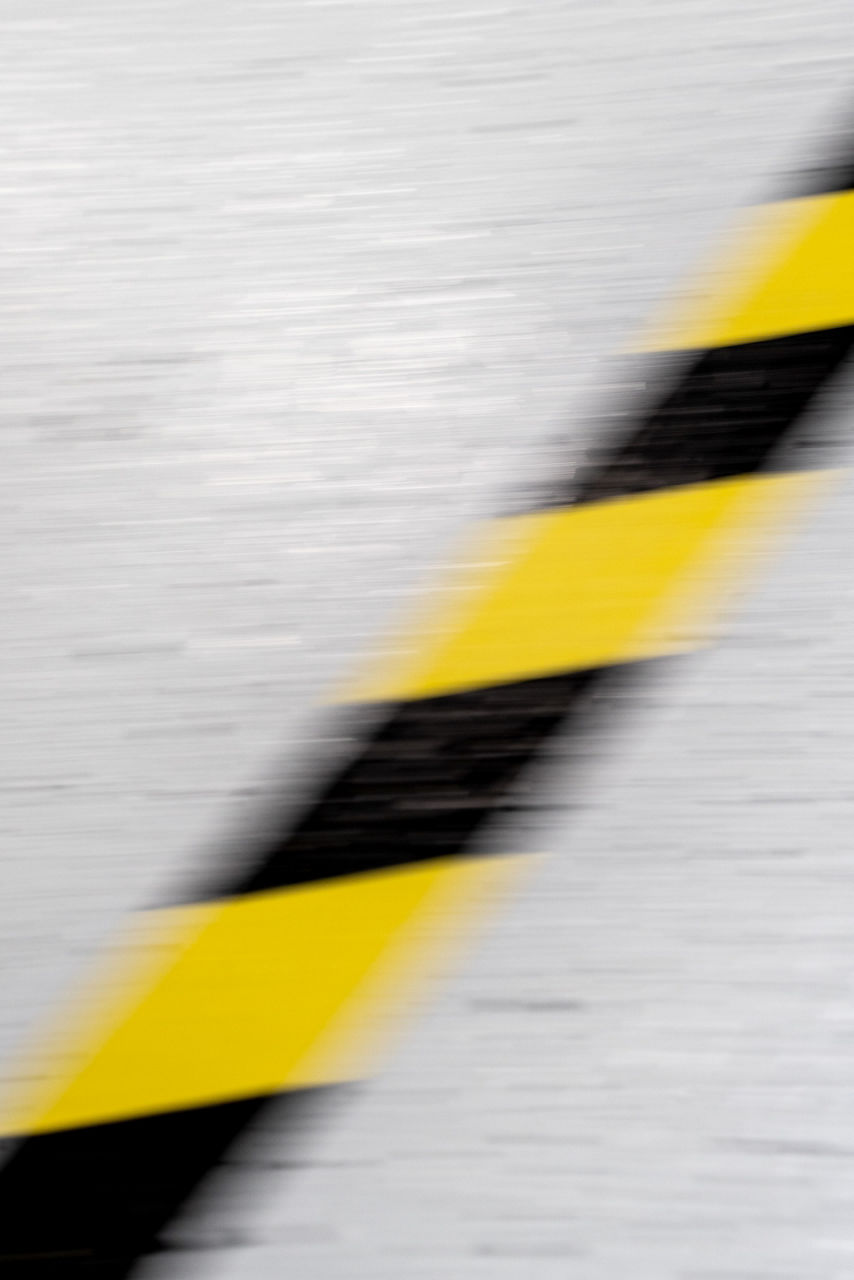
In July 2021, a new law governing among other things the testing and technical requirements for the approval and operation of Level 4 automated vehicles according to the SAE classification was introduced in Germany.
In 2017, philosopher and economist Prof. Christoph Lütge sat on the German ethics committee that addressed questions about automated driving on behalf of the federal government.
In July 2021, a new law governing among other things the testing and technical requirements for the approval and operation of Level 4 automated vehicles according to the SAE classification was introduced in Germany.
“I would caution against over-emphasising concerns. Even today, people trust technology.
Prof. Dr. Christoph Lütge
City driving makes the challenge even greater?
Bouzouraa: Fundamentally speaking, we need to take a 360-degree approach, I agree. But the “city” domain, with pedestrians and cyclists, adds a new level of complexity.
Dahlem: Just as motorways merge into urban spaces, we will approach this challenge step by step. But the technology first needs to be able to handle things like complex intersections, roundabouts – potentially with crests that the sensors can’t see over.
Lütge: And it’s important to weigh up the risks in advance. How do we determine what risks would be considered acceptable? That’s what we are looking at now. We need to be clear: we cannot approach the issue with a zero-risk mindset, that is unrealistic.
But how do you evaluate risk?
Dahlem: Human beings are the benchmark. And humans already have an amazing ability to react at the last millisecond. Our demands on the system with its artificial intelligence are correspondingly high.
Lütge: Having said that, being better than a human driver offers significant scope for interpretation. It can be counterproductive if the standard set is too high, too cautious, too sporty, too defensive.
So what do you use for guidance?
Bouzouraa: We design an AI driver by modelling an average driver. We already know that the highway pilot will be a relatively defensive driver. Ultimately, being driven should also enhance comfort and be enjoyable. That would be difficult to achieve if the automated vehicle drove too aggressively. It must steer its passengers through traffic unobtrusively and safely. The question we are examining is whether and how the system’s learning curve will be accepted.
Lütge: That’s a good question, and one that we also discussed in the ethics committee. It should not be the individual vehicle that learns, but the entire fleet. At least whenever it comes to issues related to safety. If someone prefers to drive a little slower on the motorway than someone else, that could then be configured variably. The fact that it is fundamentally a learning process, that the experience of being driven will change over time – people can accept that. Our society has long become used to the idea that artificial intelligence gathers experience and adapts.
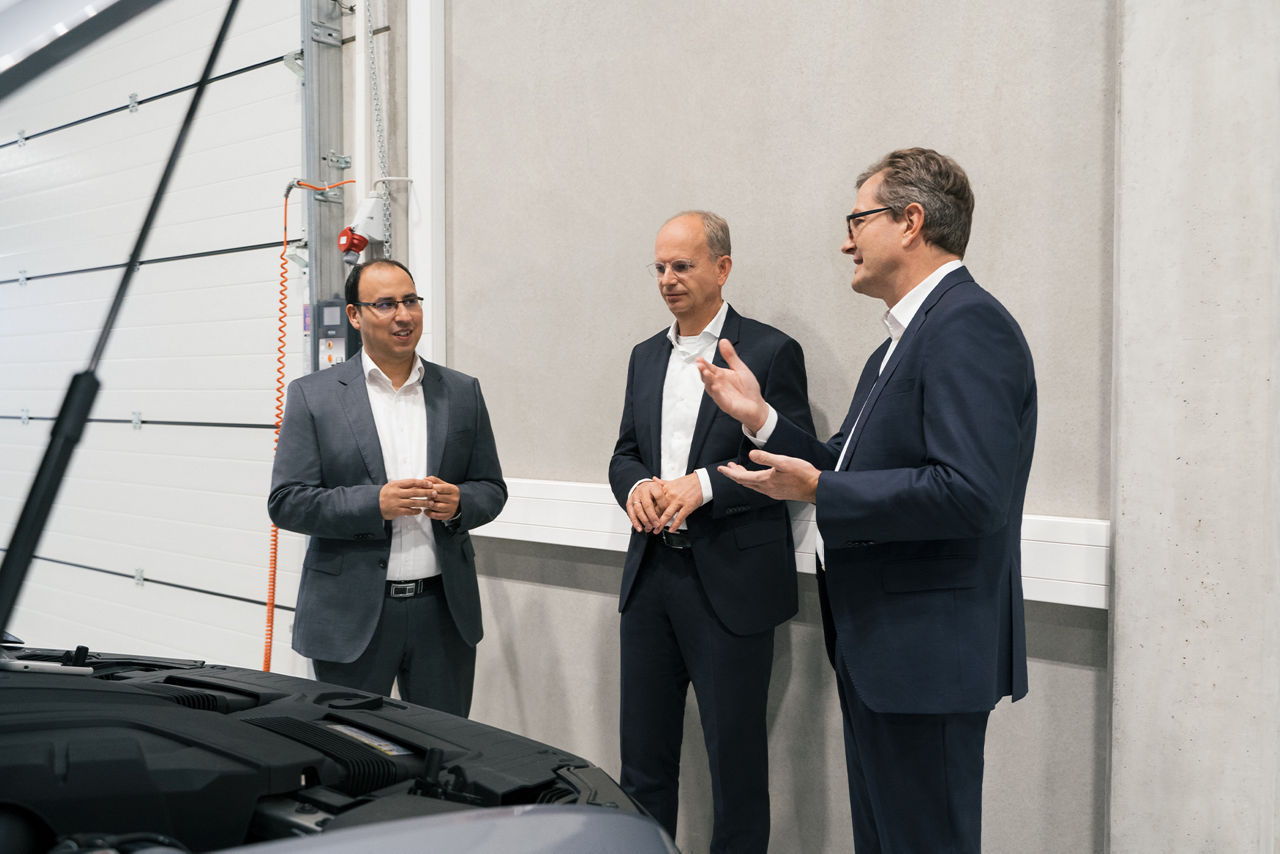
Interdisciplinary exchanges on the challenges and opportunities of automated driving, even at an early stage of development, is crucial for ethicist Christoph Lütge (right) as well as for Thomas Dahlem (centre) and Essayed Bouzouraa.
Interdisciplinary exchanges on the challenges and opportunities of automated driving, even at an early stage of development, is crucial for ethicist Christoph Lütge (right) as well as for Thomas Dahlem (centre) and Essayed Bouzouraa.
With regard to the modelled driver: doesn’t each country have its own idiosyncrasies on the road?
Bouzouraa: There is definitely a connection with individual experience and hence culture. How does an automated driving vehicle map the driving style of a particular region? Is there a kind of best-fit line? These are aspects we are currently working on.
Lütge: We have a special situation in Europe where people are constantly travelling across borders into countries where perceptions differ to some extent. Having tried out various test vehicles, I also have the feeling that no standard exists as yet.
Dahlem: Everything needs to be thought through in even greater detail: for example, an automated car purchased in Germany will in future also need to be able to recognise an Italian police officer. In The Netherlands, the colour of motorway signs differs from that in Germany, while in Portugal, different materials are used on the carriageway. This will mean that we won’t be able to make our system readily available everywhere, or only to a limited extent. But as already mentioned, this technology represents a process of perpetual learning and adapting for us.
Bouzouraa: Staying with the highway pilot, we should also remember that we have around 13,200 kilometres of motorway in Germany alone. There is plenty of potential to enjoy the benefits and the experience of automated driving. I am sure of it.